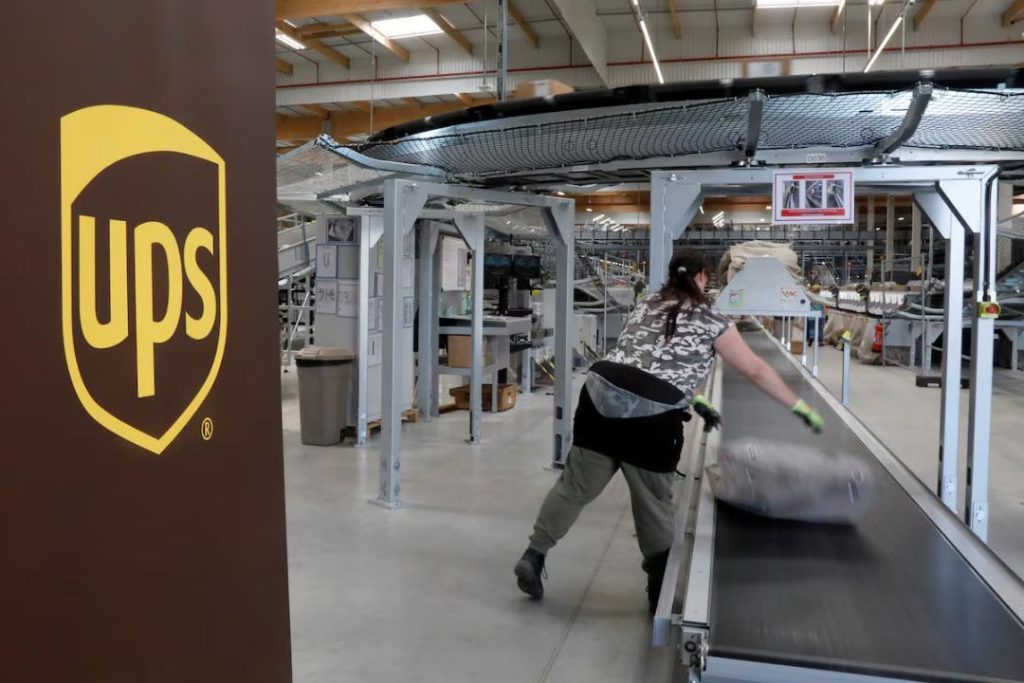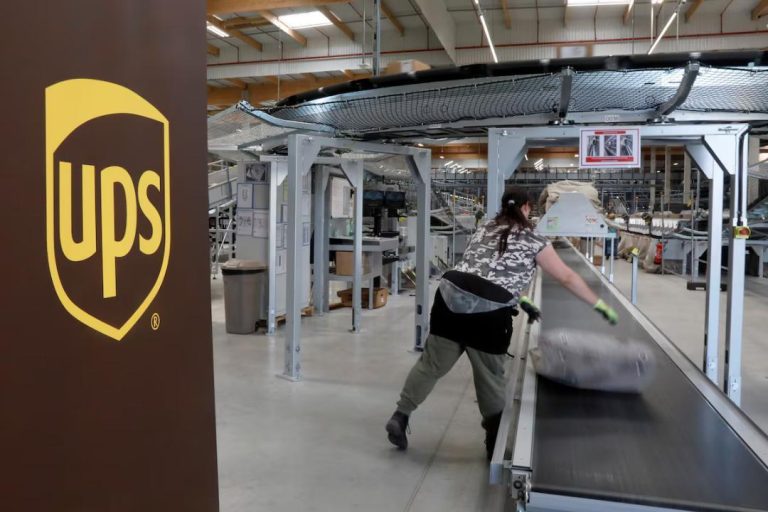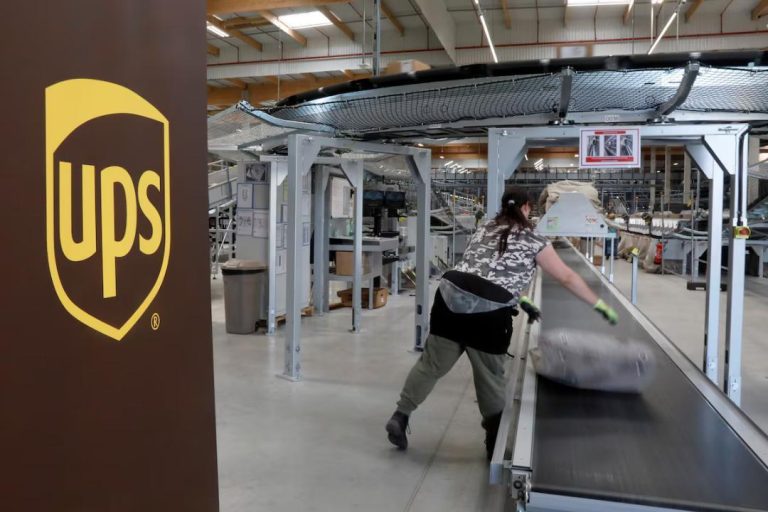
UPS to Cut 20,000 Jobs to Lower Costs & Prepare for Potential Pullback from Amazon
In a move to reduce costs and prepare for a potential pullback from its largest customer, Amazon, United Parcel Service (UPS), the world’s largest package delivery firm, has announced that it will be cutting 20,000 jobs. The company will also be shutting down 73 facilities as part of its efforts to reconfigure its network and streamline its operations.
According to a statement released by UPS, the layoffs and facility closures are aimed at reducing costs and improving efficiency. The company’s CEO, Carol Tome, said that the actions being taken are “timely” and necessary to ensure the company’s long-term success.
The job cuts and facility closures will affect various departments within UPS, including its ground, air, and international operations. The company did not specify which specific roles or locations would be affected, but it did indicate that the layoffs would be spread across the globe.
The move is seen as a response to the changing landscape of the logistics industry, particularly the growing uncertainty surrounding Amazon’s business needs. Amazon, which is UPS’s largest customer, has been expanding its own logistics capabilities in recent years, leading some to speculate that it may reduce its reliance on third-party delivery providers like UPS.
In a statement, Tompkins said that the company is taking steps to “reconfigure our network and reduce cost across our business” in order to prepare for any potential changes in the market. While she did not specifically mention Amazon, it is clear that the company is taking a proactive approach to ensure its continued success in the face of shifting market dynamics.
The job cuts and facility closures are expected to result in significant cost savings for UPS. According to estimates, the company could save as much as $1 billion per year through the reduction of labor and facility costs.
The news has been met with a mixed reaction from industry analysts and investors. On the one hand, the cost-cutting measures are seen as a necessary step to ensure the company’s long-term viability. On the other hand, the job cuts and facility closures may have a negative impact on local communities and could potentially disrupt UPS’s operations in the short term.
Despite the challenges posed by the job cuts and facility closures, UPS remains confident in its ability to adapt to the changing market landscape. The company has a long history of navigating shifting market dynamics and has consistently demonstrated its ability to evolve and adapt to new challenges.
In recent years, UPS has made significant investments in digital technologies, including artificial intelligence, blockchain, and the Internet of Things (IoT). These investments are aimed at improving the company’s operational efficiency and enabling it to better serve its customers in the face of growing competition.
The company has also been expanding its services to meet the evolving needs of its customers. For example, UPS has been investing in its healthcare logistics capabilities, including the development of specialized temperature-controlled shipping solutions.
While the job cuts and facility closures are certainly a significant challenge for UPS, they are also an opportunity for the company to re-evaluate its priorities and refocus its efforts on its core strengths.
As the logistics industry continues to evolve, it is likely that UPS will face further challenges and opportunities. However, with its long history of innovation and adaptability, the company is well-positioned to navigate the changing market landscape and emerge stronger and more resilient in the long term.



